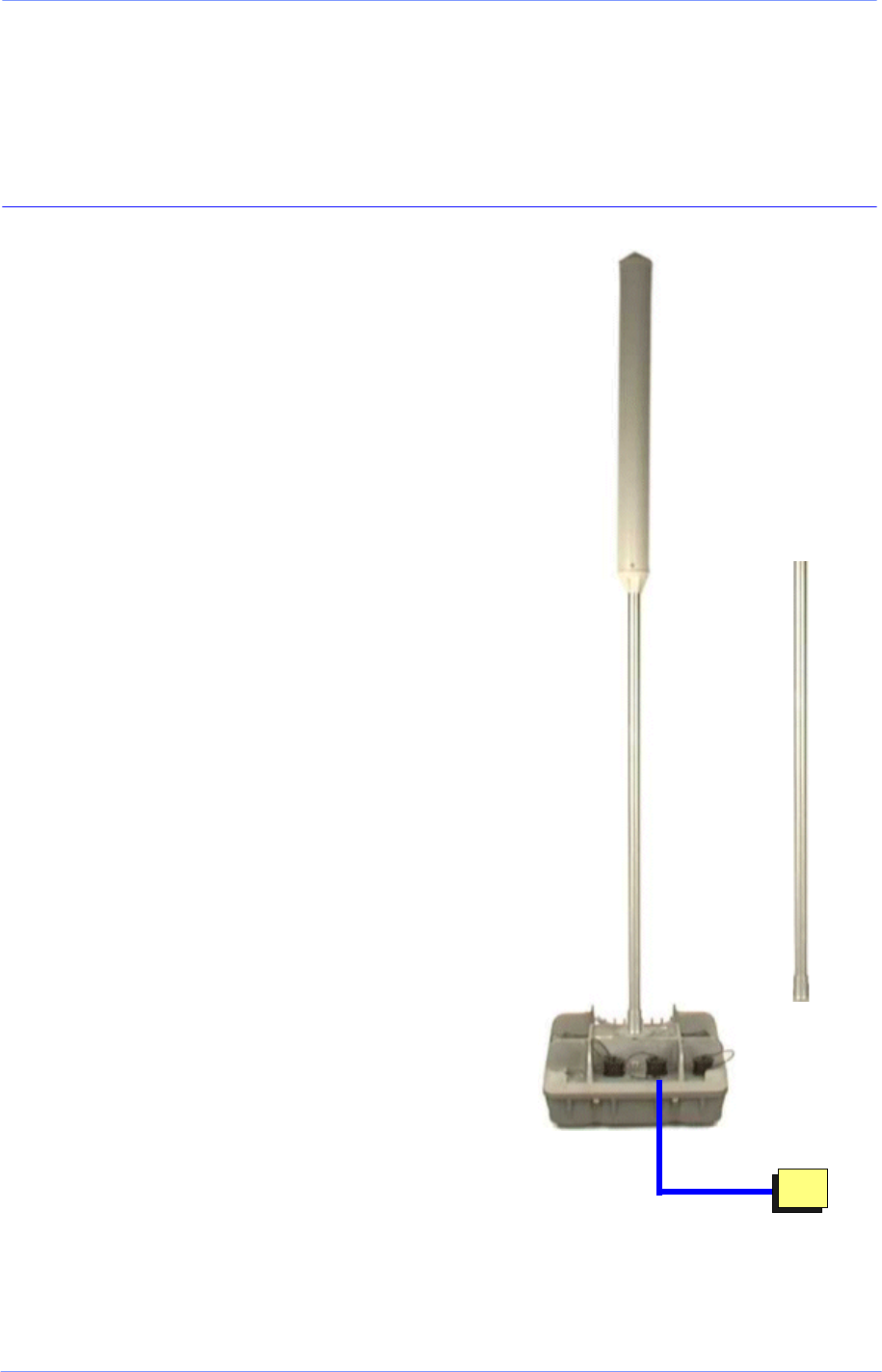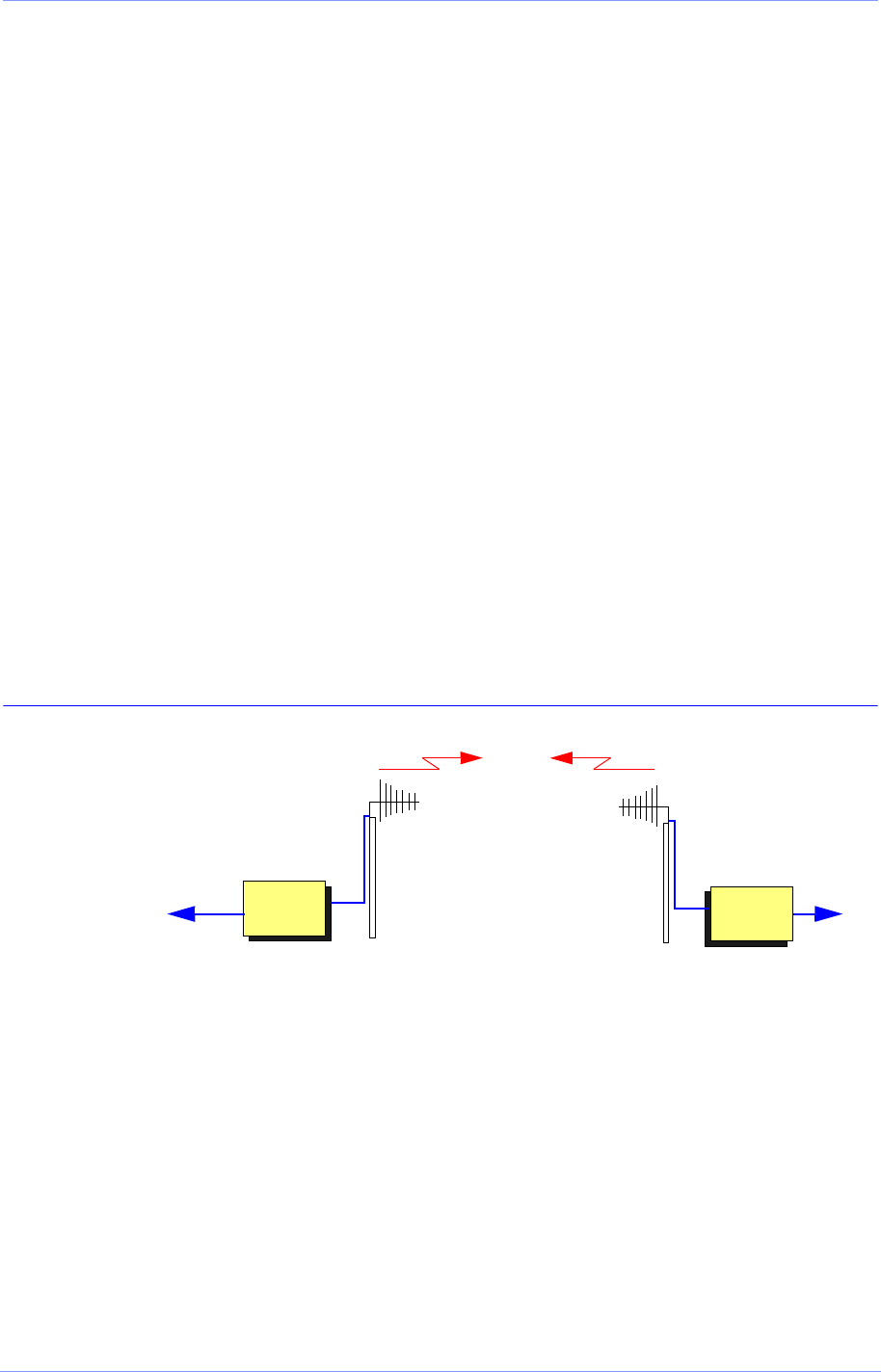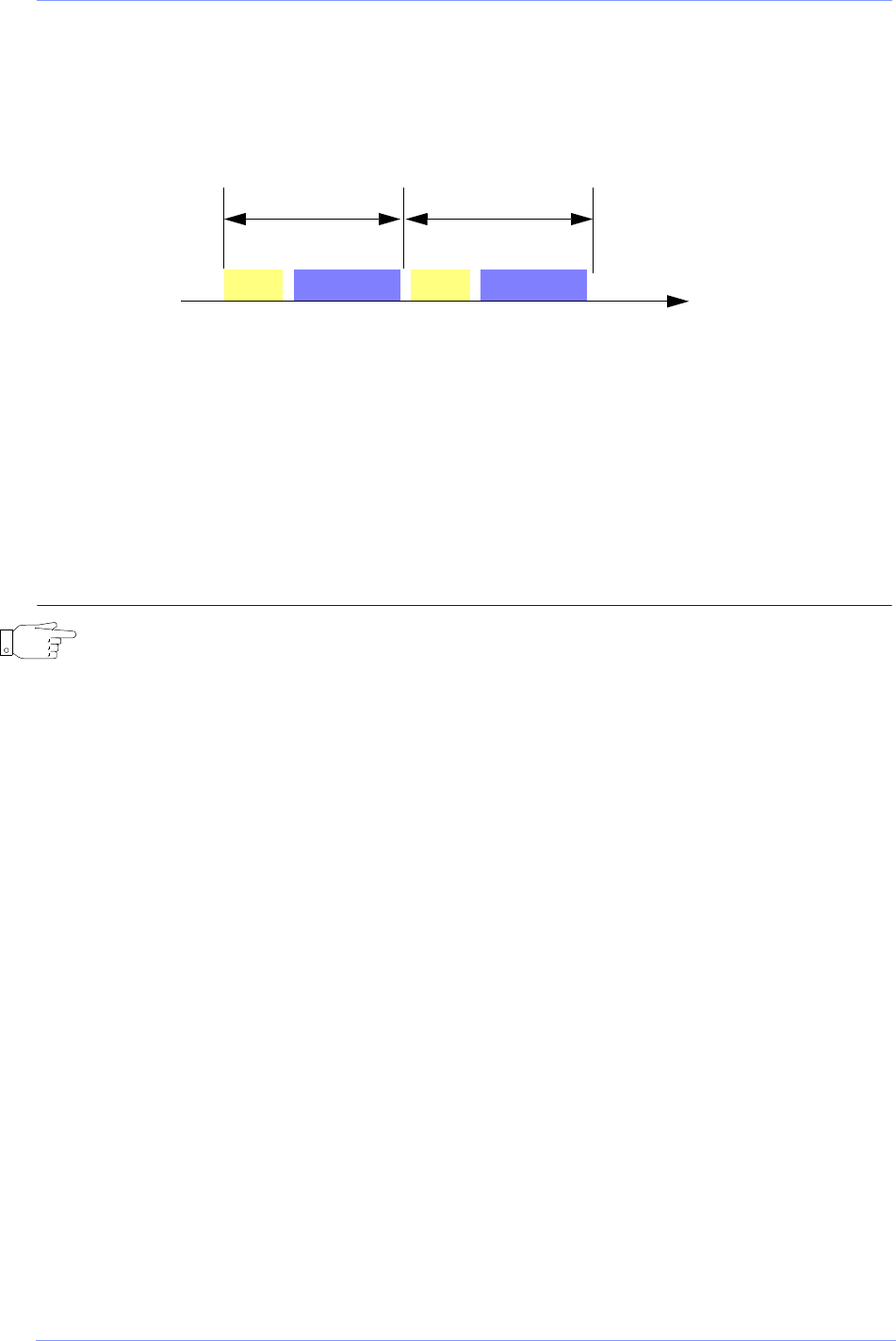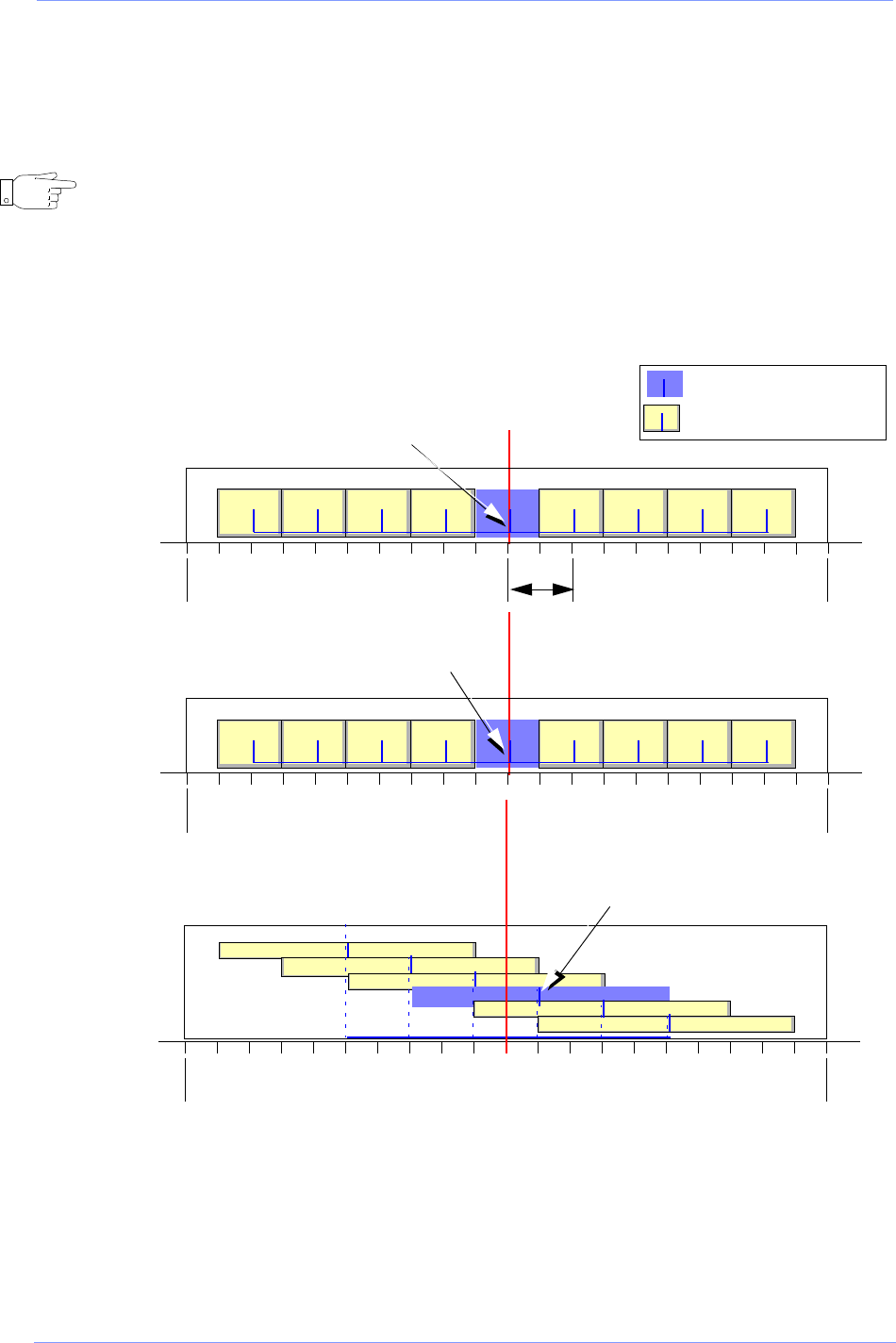Sercel LAUR Geophysical Transceiver User Manual laur operation
Sercel Inc Geophysical Transceiver laur operation
Sercel >
Contents
- 1. User Manual 1
- 2. User Manual 2
User Manual 2

System operational description
November 24, 2004 1
System operational description
Description of the LAUR
The LAUR operates within the
frequency band from 215 MHz
to 250 MHz. Within that band, it
uses a 200-kHz or 800-kHz
bandwidth channel,
depending on the selected data
rate. The user is responsible for
inquiring about local radio
frequency regulations and using
the frequency band accordingly.
The LAUR unit operates from a
10.5 VDC to 15.0 VDC power
supply voltage. The power
supply should be capable of
generating a minimum current
of 15 A. A 12 VDC battery can
be used as a power supply. The
power supply used shall be
compliant with the rules and
regulations of the FCC, of
Canada or with other local
regulations.
The antenna impedance to be
used is 50 Ohm. The maximum
VSWR measured at the
transceiver output must be less
than 1.5:1 at the operating
frequencies.
12 VDC
12 V
mast
extender
Antenna
LAUR
Figure 1

System operational description
2November 24, 2004
The allowable temperature range for both operating and storage is
-40°C to +70°C.
The LAUR unit comes with Sercel standard Line, Power and XDEV
connectors. The Type-N, radio connector is waterproof when
connected. Attention should be paid to put the cap in place on the radio
connector whenever the unit is not in use, in order to keep the connector
clean and the unit waterproof.
The LAUR is used in a radio cell, replying to queries from the LRU
present in that cell and using a half-duplex transmission protocol. The
clock in the LAUR is locked on that of the associated LRU, which
continuously transmits a time mark signal (every 50 ms) for that purpose.
Supplied along with each LAUR is an omnidirectional antenna. A mast
extender is also supplied.
Half-duplex
Figure 2
In the transmission protocol, time is shared between transmission of
Master-to-Slave messages and transmission of Slave-to-Master
messages.
Master-to-Slave messages are called Network Control Sequences
(NCS), used for synchronization, zero-time transmission and control.
LRU LAUR
DTS
NCS
(Master) (Slave)

System operational description
November 24, 2004 3
Slave-to-Master messages are called Data Transfer Sequences (DTS),
used for data retrieval, seismonitor and collecting test results.
Figure 3
Typically, NCS messages are transmitted every 50 ms. In reply to an
NCS message, the LAUR transmits a DTS message (1.5 to 40 ms long).
The LAUR does not transmit its DTS until and unless its clock is locked
onto that of the LRU.
LAUR frequency management
NOTE: The available frequency band depends on the regional settings
chosen by the user when installing software on the HCI workstation and
on the handheld terminal. For compliance with Canadian and US
communications regulations, the frequency band is limited to
respectively:
• Canada: 217 to 218 MHz and 219 to 220 MHz.
• USA: 216 to 217 MHz and 218 to 219 MHz.
The LAUR uses QPSK modulation @ 256 kbps, or 16 QAM @
512 kbps (for transmission only), or DQPSK modulation @ 1024 kbps.
The RF transceiver in the LAUR unit uses a single 2-MHz band for both
transmission and reception. That band is selected between 216 MHz and
249 MHz using the “Center Frequency” parameter.
Within the 2-MHz bandwidth, you can choose which channel(s) to use
for NCS and DTS messages, by specifying:
•a Control Channel Frequency for NCS messages,
•a Data Channel Frequency for DTS messages.
NCS DTS NCS DTS
(50 ms) (50 ms)
Radio frame
time

System operational description
4November 24, 2004
The necessary bandwidth for a Data Channel depends on the expected
Data Rate (256, 512, or 1024 kbps).
NOTE: Because the LAUR uses a half-duplex protocol, you can choose
the same frequency for the Control Channel and the Data Channel.
The LAUR has the same frequency and data rate settings as the
associated LRU.
Figure 4
Available channels
Center F.
+1 MHz
Center F.
-1 MHz
DTS
Data Channel Freq. # 1
1024 k (DQPSK)
Center F.
+1 MHz
Center F.
-1 MHz
DTS
256 k (QPSK)
Data Channel Freq. # 1
Center
Freq.
Center F.
+1 MHz
Center F.
-1 MHz
NCS
Control Freq.
0.2 MHz
+0.8
+0.6
+0.4+0.2
- 0.8 - 0.4
- 0.6 - 0.2
+0.8
+0.6
+0.4
- 0.8 - 0.4
- 0.6 - 0.2
+0.8
+0.6
+0.4+0.2
- 0.8 - 0.4
- 0.6 - 0.2
Default channel
or
512 k (16 QAM)